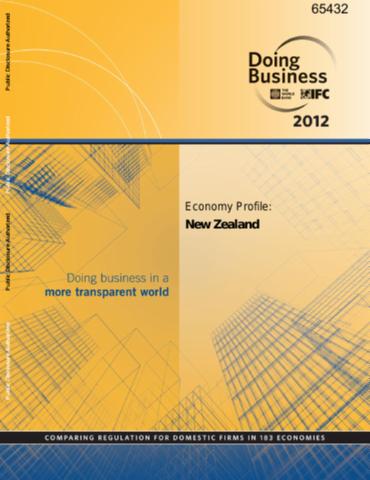Meeting Name: Global Soil Partnership Plenary Assembly
Meeting symbol/code: GSPPA: I/2013/2
The Global Soil Partnership (GSP) was formally established by members of the Food and Agriculture Organization of the United Nations (FAO) during its Council in December 2012. The Council recognized soil as an essential natural resource, which is often overlooked and has not received adequate…
This document contains the proceedings of the technical workshop entitled “Expanding mariculture: technical, environmental, spatial and governance challenges”, held from 22 to 25 March 2010, in Orbetello, Italy, and organized by the Aquaculture Branch of the Fisheries and Aquaculture Department…
Following the clearance of indigenous forest (~1880s to 1920s) for pastoral use, actively eroding gullies had by the late 1950s become a pervasive form of erosion occupying 0.7% of the 7468km² of pastoral hill country within the East Coast Region, North Island, New Zealand. Commencing in the…
Informed by debates in recent literature on indigenous peoples’ role in water governance, our research examines recent initiatives to enhance the role of Māori in water governance in Aotearoa/New Zealand based on the case of recently reinvented hybrid governance arrangements for Te Waihora/Lake…
It is necessary to estimate the area of afforestation and deforestation in New Zealand, since 1990, to meet reporting obligations under the Kyoto Protocol. We describe a method for national mapping of forest change that achieves high accuracy, but only requires moderate effort. A national…
Numerous scholars agree that to integrate stakeholder demands into forest management is the central challenge facing forestry science. A necessary step is to translate public views and expectations into forest management techniques. This study uses document analysis and in-depth interviews to…
The transition of land between forest and grassland has important implications for greenhouse gas emissions and removals. In this paper, we use New Zealand as a case study to comprehensively assess, compare and quantify the net climate change impact of shifting land use between temperate forest…
Scholars of pastoralism often refer to changes of pastoral land tenure as ‘encroachment.’ The New Zealand case of pastoral land tenure reform suggests that this is incorrect for several reasons. First it takes the point of view of the pastoralist, which introduces unnecessary bias. Second, it…
An econometric-process simulation model was constructed to investigate the effects of an Emissions Trading Scheme (ETS) on forest management and land use in New Zealand. Profit maximising agents which choose between forestry and agricultural land uses were simulated under carbon price scenarios…
The resilience of Christchurch, New Zealand's urban forest has been tested during a year of major earthquakes and aftershocks. Tree loss has resulted from mass soil movement, soil liquefaction, rockfalls, and land slips. At the time of writing, only 384 trees have been documented as removed…
Doing business sheds light on how easy or difficult it is for a local entrepreneur to open and run a small to medium-size business when complying with relevant regulations. It measures and tracks changes in regulations affecting 10 areas in the life cycle of a business: starting a business,…



